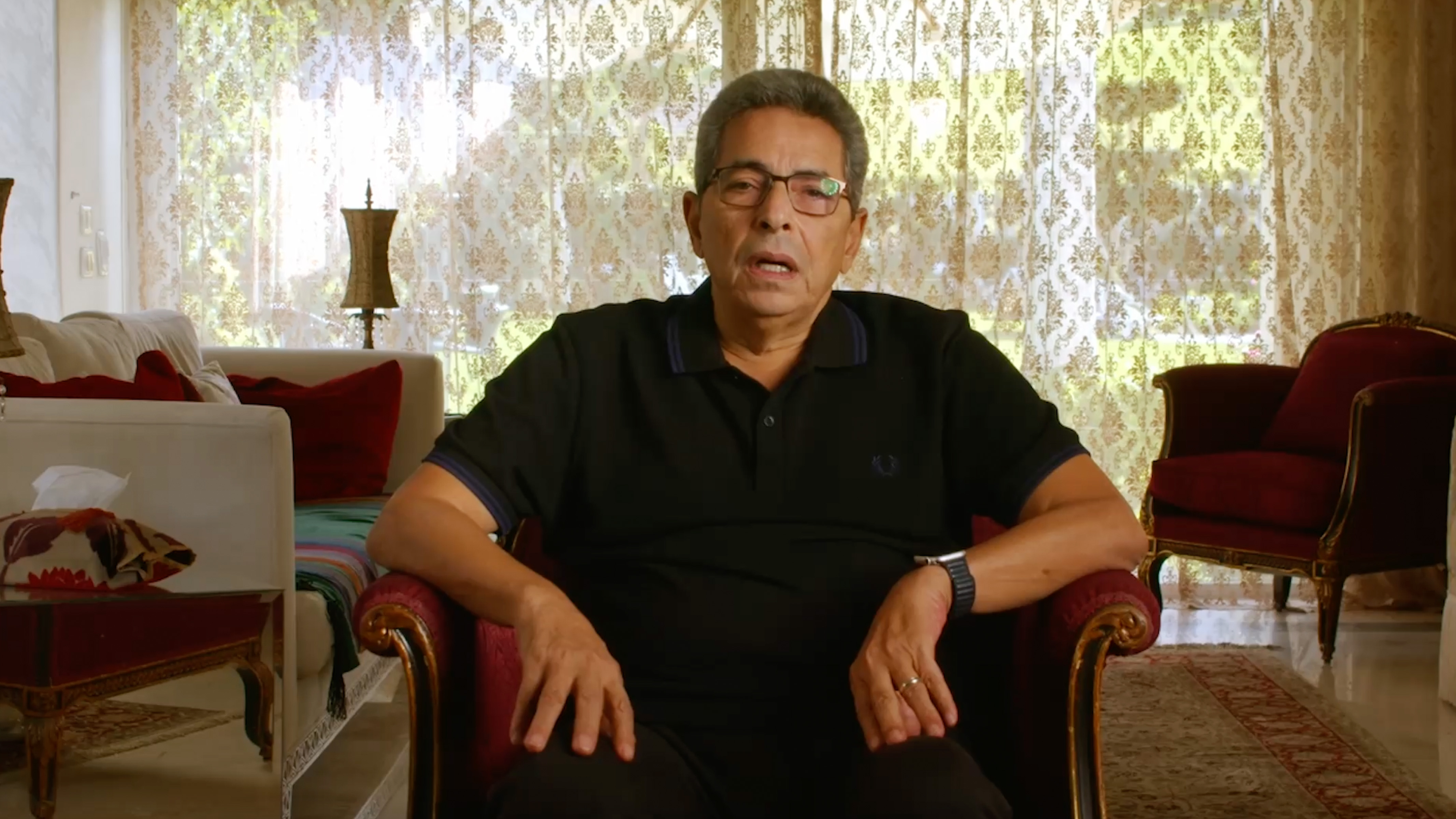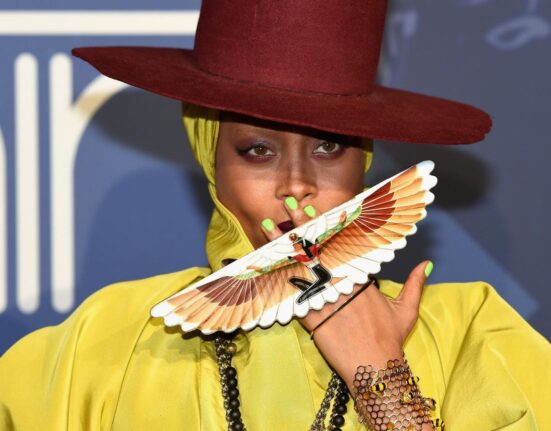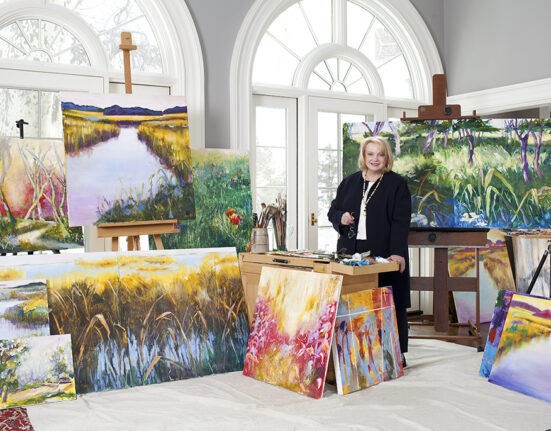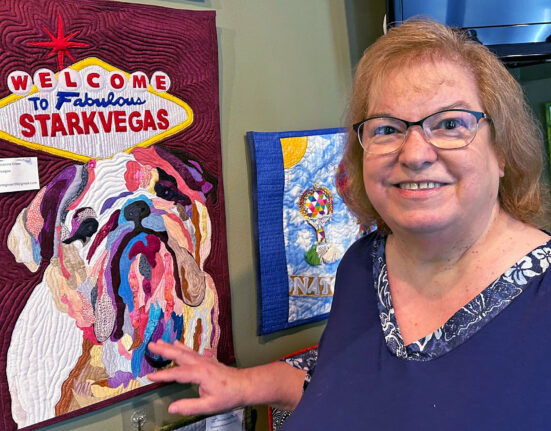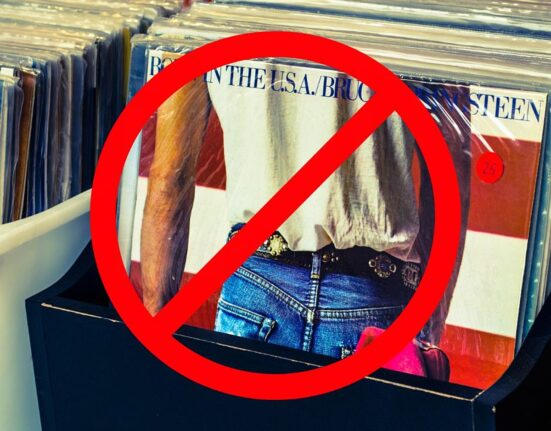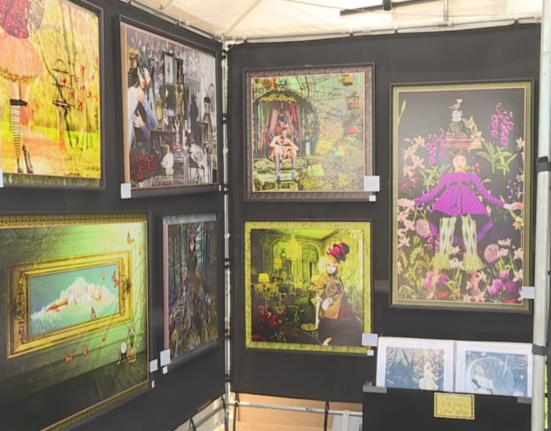Unlock the Editor’s Digest for free
Roula Khalaf, Editor of the FT, selects her favourite stories in this weekly newsletter.
“I want my room, / which has been large enough to hold my dreams, / not to suffocate me. / I don’t want to wait for death beneath the rubble. / For once again, I don’t like to wait.”
This haunting verse is from a poem by Haidar al-Ghazali, a 19-year-old Gazan. His words, and those of 22 others, were collected late last year by an Egyptian cultural activist seeking to platform voices from the enclave.
If you are Arab, your social media feed is most likely an endless stream of tragic scenes from Gaza; entire districts destroyed by Israeli air strikes; dazed parents carrying bloodied children pulled out of the rubble; and bodies wrapped in shrouds awaiting burial.
Israel’s military campaign has killed more than 25,000 Palestinians, according to officials in Gaza — not counting those missing under the rubble. The Jewish state launched its offensive after the Hamas-led October 7 attacks, which killed 1,200 people, according to the Israeli government.
In the Arab world, the images from Gaza have provoked anger, and a deepening perception of an international double standard that has dehumanised Palestinian victims and made the horror of their deaths tolerable.
In response, artists have launched initiatives that centre Gazans — installations, poetry and music have proliferated, as creatives seek ways to express solidarity.
In her recent exhibition, Everlasting, Heba Helmi, an Egyptian painter and calligrapher, sought to examine “what it means to say that 10,000 children have been killed”.
She obtained an official list of Gazan children killed in Israel’s offensive and inscribed their names and ages on to 26 metres of white fabric used for shrouds. Then, Helmi wrote their surnames in ornate Arabic calligraphy and draped the fabric around a Cairo gallery. “These are lives, not numbers,” she said.
The artist says the project helped her imagine their lives. “You find yourself listing, say, 20 children with the same surname. You start envisioning them as siblings or cousins playing together in front of their home.”
Creating space for the voices of Gazan poets has been the focus of an initiative by Basma al-Husseiny, director of Action for Hope, a Beirut-based non-profit. She felt something was missing from coverage of the war. “The news would say the war is between Israel and Hamas, or Israel and Gaza, but the people of Gaza were always absent. I don’t mean as victims, but as humans.”
Husseiny contacted Gazan writers and poets via social media to collect texts written under bombardment. She then filmed artists and media figures reading the works — those clips were posted online and have now garnered some 7.8mn views, according to Husseiny.
Tragic and poignant, some of the poems express yearning for life as it once was. Hind Joudah wrote: “I want to bake a cake, but there is no sugar in the city, / No smiles flowing from the faces of passers-by, / No balconies that look out on dreams.”
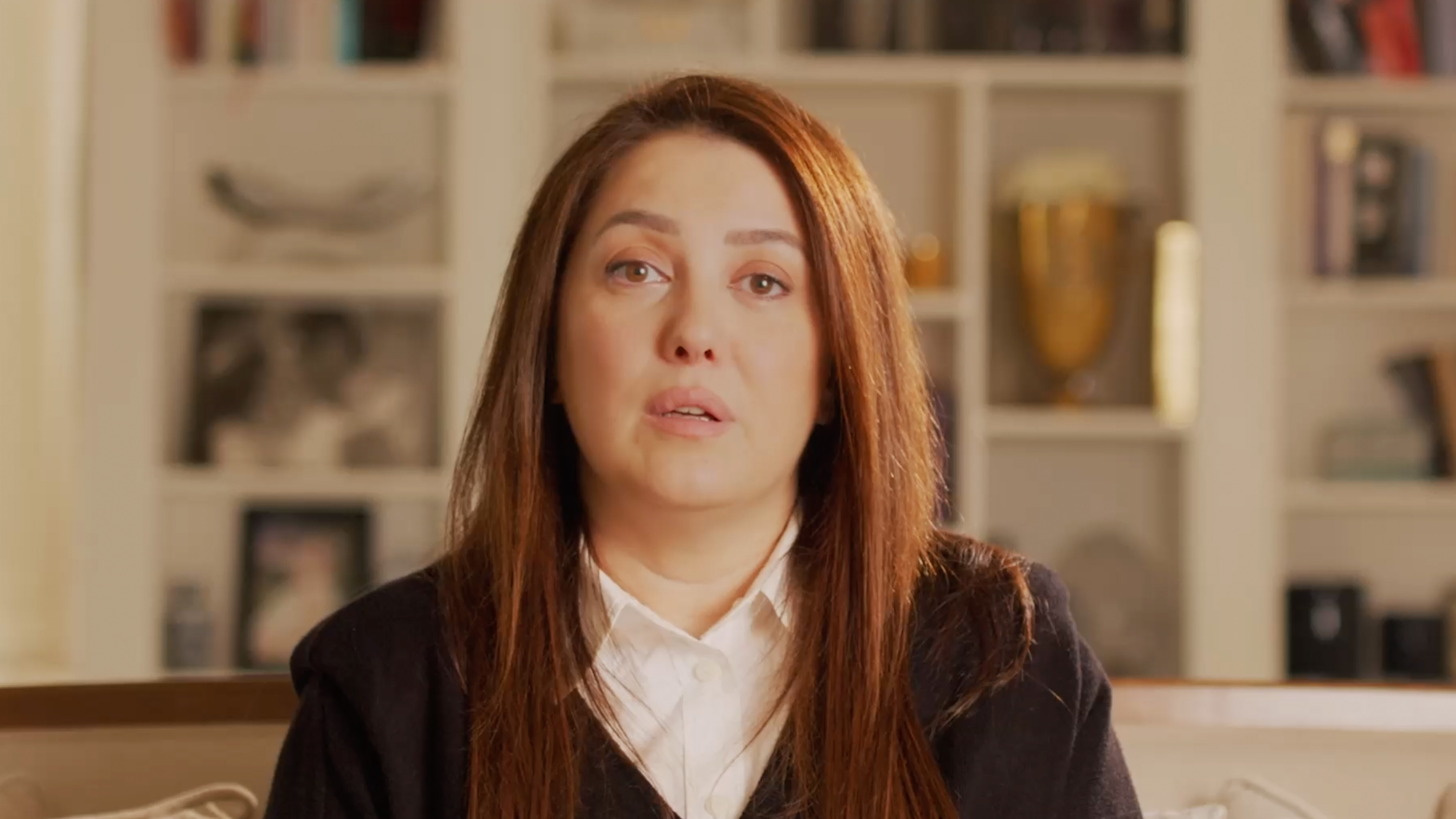
In Amman, Beirut and Cairo, audiences have packed theatres to attend readings of the Gaza Monologues, written more than a decade ago by children who survived the 2009 Israeli offensive against Gaza two years after Hamas seized sole control of the territory.
The monologues describe not only the terror of missiles raining down on homes, but also the circumscribed lives of children in the blockaded territory.
“I hate the silence and the abnormal resilience of people here,” wrote Amjad Abu Yasin, who was 16 in 2009. “I want all of Gaza to wake up tomorrow, go out on the streets and shout very loudly: ‘Enouuuuuuuuuuuuuuuuugh!!!!”
Mahmud Bala’wi, 14 in 2009, wrote: “The sea is the only thing that helps me dream. When I stand on the shore I can imagine Cyprus, travel to Paris, fly to Rome.”
In a region where many now experience the suffering in Gaza as a collective wound, some venues, such as Beirut’s Zoukak theatre, have put on events such as “open-mic sessions”, which focus on the war.
“We don’t want to normalise the violence and crimes against Gazans we see on social media,” says Mohamad Hamdan, co-artistic director. “We are resisting through culture, and through providing a space for solidarity and reflection.”
